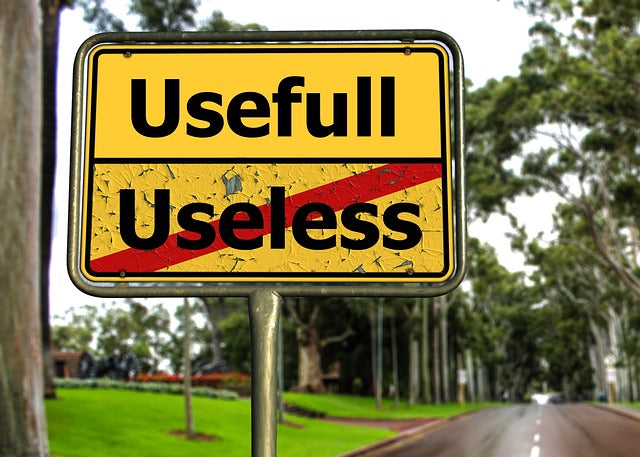Lorsque la catastrophe frappe : La clé d'un centre d'appels utile par rapport à un centre d'appels inutile

En période de catastrophe, l'importance d'un centre d'appels bien fonctionnel ne peut être sous-estimée. Lorsque des informations critiques sont nécessaires pour guider le public, sauver des vies et gérer le chaos, un centre d'appels peut être soit un phare de communication efficace, soit une source de frustration et de confusion. Les événements récents dans le Kentucky—où des inondations sévères ont conduit à une déclaration d'état d'urgence et perturbé les réseaux de communication—mettent en lumière les défis rencontrés lors de telles crises. Cet article explore ce qui distingue un centre d'appels utile d'un centre d'appels inutile dans les situations de catastrophe, en se concentrant sur les rôles de la technologie, de la formation du personnel et de la flexibilité opérationnelle. Nous examinerons les éléments clés qui garantissent qu'un centre d'appels reste une ressource vitale pendant les urgences, en utilisant les enseignements des inondations du Kentucky comme toile de fond.
1. Introduction
Les catastrophes surviennent sans avertissement, et lorsque cela se produit, l'efficacité des systèmes de support client peut déterminer la manière dont les communautés traversent la crise. Lorsqu'un opérateur de réseau tombe en panne, comme cela a été observé lors des récentes inondations dans le Kentucky, des milliers de clients perdent l'accès à des services critiques : numéros d'urgence, lignes de support client et canaux d'information de base. Dans de telles situations, le centre d'appels est la première ligne de communication. Mais tous les centres d'appels ne se valent pas.
Cet article explore les différences critiques entre un centre d'appels utile et un centre d'appels inutile lors des catastrophes. Nous examinons les facteurs qui contribuent au succès opérationnel, tels que l'intégration technologique, le personnel réactif et une planification de contingence robuste, par rapport à ceux qui mènent à l'échec, y compris les longs temps d'attente, la mauvaise gestion de l'information et les systèmes obsolètes. Notre discussion est encadrée par des événements récents dans le Kentucky, où de fortes inondations ont perturbé les réseaux de communication, soulignant la nécessité d'un support client fiable et efficace pendant les urgences.
2. Le Rôle Critique de la Communication dans les Catastrophes
Une communication efficace est la pierre angulaire de la gestion des catastrophes. En période de crise, des informations précises et en temps opportun peuvent faire la différence entre la sécurité et le chaos. Pour ceux touchés par les inondations du Kentucky, l'incapacité d'accéder aux services d'urgence ou de recevoir des mises à jour en temps réel a aggravé leurs difficultés. Dans de tels scénarios, un centre d'appels qui fonctionne efficacement fournit :
- Diffusion Rapide d'Informations : Assurer que les mises à jour critiques atteignent le public rapidement.
- Conseils sur les Mesures de Sécurité : Aider les gens à comprendre quelles actions entreprendre pour se protéger eux-mêmes et leurs familles.
- Soutien aux services d'urgence : Coordination avec les intervenants d'urgence et fourniture des informations nécessaires pour effectuer des sauvetages et gérer la situation.
La performance d'un centre d'appels durant ces périodes impacte directement la sécurité publique, la confiance des clients et la réputation de l'organisation. Par conséquent, il est crucial de distinguer un centre d'appels utile de celui qui ne répond pas à ces besoins.


